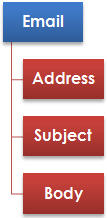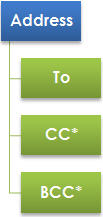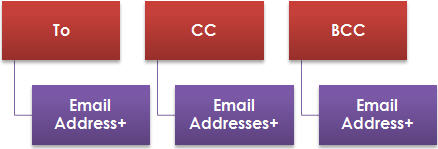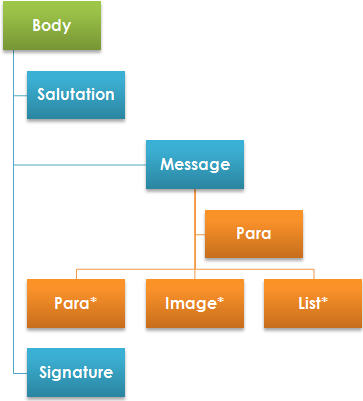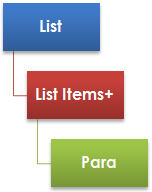Structured Authoring: Defining the Content Structure
In an earlier post, we had introduced the concept of structured authoring. From that post, we realise that there are two imperatives for structured authoring:
- defining a content structure
- enforcing the defined structure
In this post, we will look at the first and the most important part of implementing structured authoring systems, defining the content structure.
Assuming we are creating a content structure for a particular document, we have to analyze:
- the structure of the document
- the type of content in each section
- the relationship between various types of content
- In the following sections, a * against an information unit indicates that it is optional, but can be used more than once.
- A + against an information unit it must be used at least once.
- If there is no symbol against an information unit, it is mandatory and can be used only once.
Consider an email. We could define its overall structure as:
Thus, an email starts with the Address section. The next section in an email is the Subject, and this is followed by the Body. All three sections are mandatory and must appear in the specified order.
Let us take a closer look at the Address section. It could be defined as:
Thus, the Address section must have a To section while the CC and BCC sections are optional. However, if both CC and BCC are used then CC must precede BCC.
Next we take define the TO, CC, and BCC elements as containing one or more email addresses:
Finally, we define Body as starting with a mandatory Salutation (we are sticklers for etiquette! :-)) followed by the Message which must have at least one Para. This Para can be followed by one or more Para, List, and/or Image elements in any order. Finally, there is the mandatory Signature section.
We define the Para as containing Text with the option of having Hyperlink, Bold and/or Italic elements.
Just as we defined a Para, we can define List and its constituents as:
Thus, you can see that defining the content structure has to be an extremely meticulous exercise resulting in a detailed content definition. This is typically the job of an information architect.
Having analyzed the content and defined a content structure, the next step is to encode the content structure using technology. Stay tuned!

